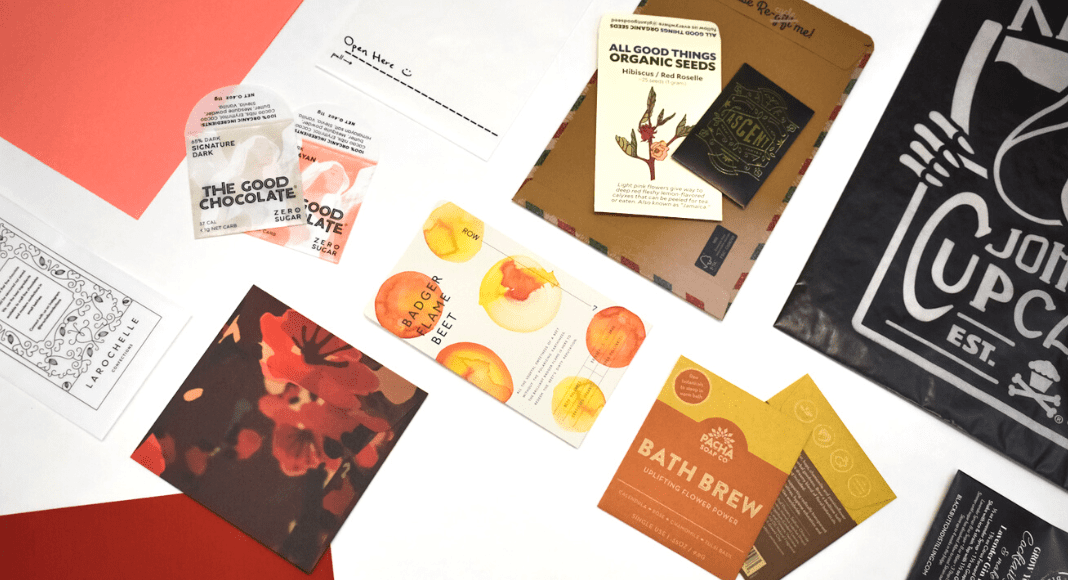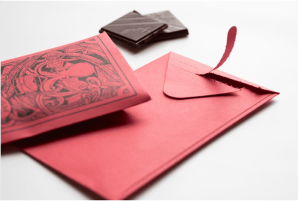Is Your Packaging Creating a Good First Impression?

According to eMarketer, retail e-commerce sales will continue to grow by double digits following a major shift in 2022 to online retail. By 2023, online sales are projected to total $6.2 trillion, up from $3.4 trillion in 2019. This means that for almost any brand, one of the first customer touch points is through your packaging.
Gone are the days of thinking about secondary packaging simply as an element that protects your product or helps you stand out on the retail shelf. Whether you’re a seasoned eCommerce retailer or just starting to sell online, in many cases, it’s your customer’s first impression of your brand. More businesses are using their secondary packaging to build brand recognition and loyalty—something previously accomplished through shelf-talkers, stanchions and strategic shelf positioning inside a store.
Now more customers expect to be wowed as they open up your product. Does your packaging fit the bill? Here are a few questions to ask when designing your secondary packaging.
Does it create a memorable opening experience?
You have seven seconds to make a first impression, which means the clock is ticking from the minute your customer opens the shipping box. Beyond protecting your product, your packaging should connect with customers. With the explosion of online shopping, it is your customer’s first look at who you are and what you stand for.
 High-end chocolate brand, Bixby Chocolate, is doing just that. Using custom specialty papers and a perforated strip, the company creates a sophisticated opening experience, giving you the feeling that you’re about to indulge in something luxurious the moment the chocolate bar is in your hands.
High-end chocolate brand, Bixby Chocolate, is doing just that. Using custom specialty papers and a perforated strip, the company creates a sophisticated opening experience, giving you the feeling that you’re about to indulge in something luxurious the moment the chocolate bar is in your hands.
You can also engage your customers by using packaging to tell the story of who you are and what you stand for even before they touch your product. One company doing it right is Johnny Cupcakes. This iconic t-shirt company has replaced its plastic bags with beautifully designed glassine bags. Not only is it 100 percent recyclable, but the company uses almost every inch of its packaging to tell its brand story and make a deep connection with customers—and they love it! Once purchased, customers share their “opening” experiences on social media, reusing the packaging as gift bags, and even framing them as keepsakes. Now that’s how you create a first impression!
What is its ecological impact?
Incorporating sustainable packaging materials is no longer a nice-to-have element. The issue of plastic waste has gone mainstream and is now a major factor in your customer’s purchasing decisions.
Make sure you’re considering these categories of eco-friendly alternatives:
- Recyclable papers: These are paper packaging options that are 100 percent curbside recyclable and made from renewable materials.
- Biodegradable papers: Most paper packaging is also biodegradable when in the right environment.
- Eco-friendly inks: Inks that are soy-based (derived from soybeans) and water-soluble are better sustainable options and make recycling paper easier.
There are many options that fit within these categories. If you’re not sure where to start, consider a material called glassine. This eco-friendly alternative to plastic is made from smooth translucent paper making it durable, beautiful and both recyclable and biodegradable. From bags to pouches to envelopes, it can help you create the high-end opening experience you’re seeking.
How can I use color to create a bigger impact?
Sixty-five percent of us are visual learners, according to the Social Science Research Network. While many factors play into creating memorable visuals, color psychology research shows that certain colors can help create emotion, generate interest, build loyalty and even trigger purchases. In another blog post, Five Strategic Ways to Incorporate Color in Your Packaging, we share why it’s an important marketing element you can’t ignore. From embracing the printable space on your packaging to categorizing your products, there are so many ways to incorporate color to grab the attention of your customer and create that memorable first impression.
No matter what type of product you sell, it’s time to take a closer look at your packaging and how it’s representing your brand and connecting with your customers. We’d like to learn more about your packaging needs to help you create a memorable first impression with your customers.





